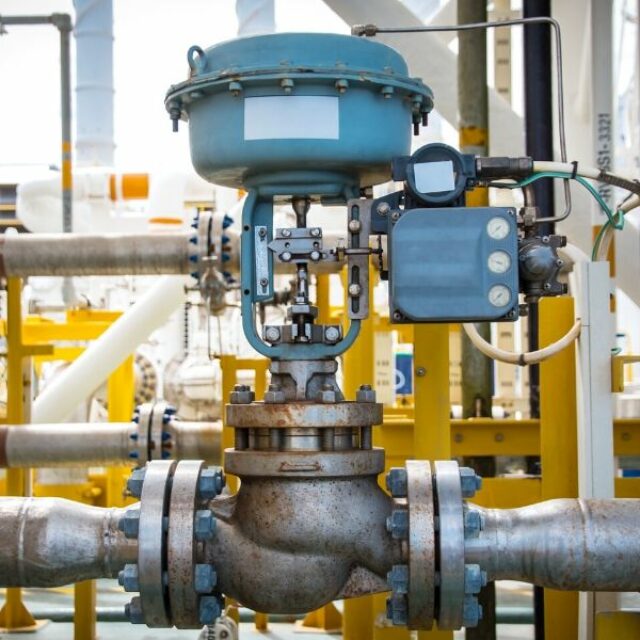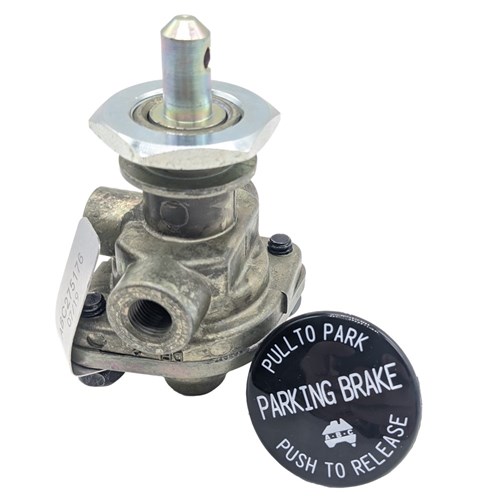Enhancing Functional Effectiveness with Advanced Control Valves
Maximize Structure Workflow With Costs Automation Controls for Controllers
In the world of modern-day building operations, the combination of costs automation controls for controllers has actually come to be a pivotal aspect in ensuring optimum efficiency and performance. The application of advanced automation innovations provides a sophisticated strategy to handling building systems, causing enhanced streamlined processes and functional capacities. By harnessing the power of premium automation controls, structures can attain unrivaled degrees of energy effectiveness, system dependability, and cost-effectiveness. This tactical implementation not only raises the total performance of the infrastructure however additionally equips drivers with boosted control and versatility. The relevance of these premium manages in maximizing building operations is undeniable, paving the method for an extra sustainable and efficient future in center management.
Enhancing Building Performance Via Automation Controls
Improving structure efficiency is critical in today's architecture and layout industry, with automation controls playing a pivotal function in achieving optimal performance. By incorporating sophisticated automation manages into developing systems, developers and architects can produce clever, energy-efficient frameworks that react dynamically to transforming environmental problems. These controls permit the seamless monitoring and monitoring of different structure features, such as lighting, HVAC systems, and safety protocols, leading to boosted operational efficiency and price financial savings.
Automation controls enable real-time data evaluation and changes, guaranteeing that structures operate at peak effectiveness levels while reducing energy waste. With using sensors, actuators, and centralized control systems, buildings can adapt their settings based on occupancy patterns, external climate condition, and time of day. This level of automation not only boosts the convenience and performance of building passengers yet also contributes to sustainability efforts by minimizing overall energy intake and carbon emissions.
Maximizing Energy Cost Savings With Costs Controls
With the assimilation of costs automation controls right into constructing engineers, developers and systems can even more optimize power efficiency, improving the total operational efficiency of frameworks. Additionally, costs controls facilitate the sychronisation of various building systems, such as Shading, cooling and heating, and lights, to operate in consistency towards reducing power wastefulness. Overall, the application of costs automation manages not only decreases power prices but likewise contributes to a more eco pleasant and sustainable constructed environment.

Improving System Performance and Integrity
The integration of premium automation manages right into building systems boosts operational efficiency, making certain ideal performance and dependability. By utilizing advanced controls, constructing drivers can check and adjust various systems in real-time, resulting in boosted performance throughout a/c, lights, safety, and various other vital building functions. These controls provide predictive upkeep capabilities, allowing aggressive identification of prospective issues before they intensify into costly issues. In addition, premium automation controls give data analytics that offer insights into system efficiency fads, enabling continual optimization and fine-tuning of procedures. Making use of top quality controls also enhances system reliability by minimizing the threat of devices failures and downtime. With attributes like remote monitoring and diagnostics, developing managers can deal with problems promptly, decreasing disturbances to building operations. In general, the consolidation of premium automation manages raises system performance and reliability, ultimately contributing to a more sustainable and effective structure setting.
Decreasing Operational Expenses With Automation Technology
The implementation of automation innovation in building systems not just boosts performance and reliability but likewise plays a vital function in driving down operational over at this website costs. control valves. By leveraging innovative automation controls, constructing drivers can enhance energy usage, visit this site right here decrease waste, and streamline maintenance procedures. Automation innovation enables exact surveillance and control of various building systems such as COOLING AND HEATING, illumination, and security, causing much more efficient procedures. Through the assimilation of information and sensing units analytics, automation systems can recognize ineffectiveness and instantly change settings to make certain optimal efficiency while minimizing energy use. Furthermore, automation innovation helps in predictive maintenance by spotting potential concerns early, avoiding pricey repair work and downtime. By centralizing control and automating regular jobs, operational prices can be dramatically reduced, releasing up sources for various other crucial building upgrades or financial investments. In general, the strategic execution of automation innovation not only boosts operational effectiveness but additionally adds to lasting cost savings for building owners and managers.
Enhancing Control and Flexibility for Workflow

Moreover, these systems make it possible for seamless integration with various other building monitoring modern technologies, such as energy surveillance systems and security protocols, developing a detailed ecosystem that improves procedures and boosts general efficiency (control valves). The capability to from another location accessibility and readjust settings additional enhances control and adaptability, permitting swift reactions to transforming functional needs. Eventually, spending in premium automation manages not just enhances the everyday procedures of a structure however likewise leads to lasting cost savings and sustainability advantages
Conclusion
These controls enhance performance, make useful link best use of power savings, enhance system efficiency and dependability, reduce operational prices, and boost control and flexibility for operations. It is vital for companies to invest in premium automation regulates to accomplish far better building efficiency and functional end results.
By using the power of costs automation controls, structures can accomplish unmatched degrees of power performance, system dependability, and cost-effectiveness. On the whole, the incorporation of costs automation manages elevates system efficiency and dependability, inevitably contributing to a more effective and sustainable structure environment.
Automation modern technology enables accurate monitoring and control of various building systems such as Safety and security, lights, and heating and cooling, leading to a lot more efficient operations. These controls improve performance, take full advantage of power savings, enhance system performance and dependability, decrease functional costs, and enhance control and adaptability for procedures. It is necessary for companies to invest in premium automation regulates to achieve far better structure performance and functional outcomes.